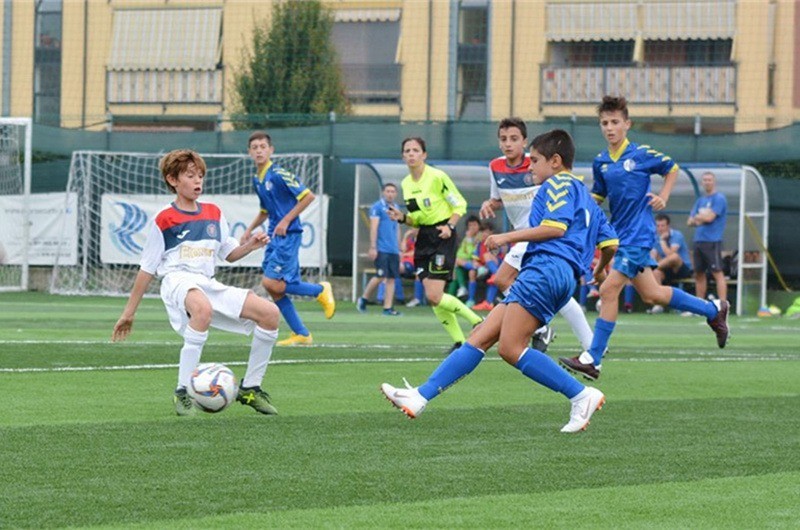As a leading manufacturer of synthetic grass in China, we are committed to providing high-quality products to our valued customers at competitive prices. While there may be cheaper options available in the market, it’s important to understand that quality comes at a cost. We prioritize the use of selected, high-quality raw materials to ensure the superior quality of our artificial grass products. In this article, we will discuss the key factors that influence both the quality and cost of artificial grass, focusing on the raw materials involved.
Components of Artificial Grass
Artificial grass consists of two main components: yarn and backing. The yarn is made from resin pellets, additives, and masterbatch (which determines the color). The quality of the resin pellets and additives significantly affects the yarn’s quality and cost. Similarly, the coating materials used for the backing have a considerable impact on its quality and cost. Let’s analyze the factors that influence the quality and prices of these three aspects: resin pellets, additives, and coating.
PE/PP Resin Pellets
Polyethylene (PE) and polypropylene (PP) are the primary materials used for artificial grass yarn. At our company, most of our yarns are made of polyethylene, while polypropylene is mainly used for thatch yarn.
Using recycled or low-purity PE or PP resin pellets to extrude artificial grass yarn can significantly reduce costs. However, this compromises the yarn’s quality, resulting in uneven shades, dark colors, and increased susceptibility to damage from sunlight and rain. Some low-quality yarns even contain heavy materials, posing potential health risks to humans.
At Arturf, we exclusively use the highest quality PE/PP resin pellets sourced from reputable suppliers such as CNPC and Sinopec. These materials are free from heavy metals and have undergone rigorous testing and verification by SGS. While our raw material costs may be slightly higher compared to some other Chinese manufacturers, we firmly believe that the superior quality justifies a price increase of 0.2-0.5 USD per square meter.
Additives
Additives are essential for enhancing the performance of artificial grass yarn. They include plasticizers, curing agents, antioxidants, anti-ultraviolet agents, bacteriostat agents, fire retardants, wear-resisting agents, and masterbatch granules. The quality and quantity of these additives significantly impact the overall quality and price of the artificial grass.
Some factories opt for lower-quality additives containing harmful substances to reduce costs. For instance, a curing agent with ethylenediamine can cause dermatitis edema when it comes into contact with the skin. Stabilizers containing lead compounds can lead to headaches, insomnia, and even affect children’s mental development. Colorants with benzopyrene may increase the risk of cancer.
Safety is of paramount importance in every product, particularly those used by children. Artificial grass is frequently used for play areas, and ensuring its safety is our top priority.
Moreover, even if the quality of additives is good, insufficient quantities can affect performance. Inadequate anti-UV additives, for example, can result in artificial grass colors fading rapidly. At Arturf, we consistently use high-quality additives and can adjust the additive formula based on the weather conditions of different regions. Our goal is to deliver the best quality artificial grass to our esteemed customers.
Coating
Coating plays a crucial role in securing the yarn to the artificial grass backing. Without coating, the yarn can easily detach from the backing, compromising the system’s durability, especially for artificial sports fields that endure heavy traffic.
The cost of coating significantly contributes to the variation in artificial turf prices, even when other specifications remain the same. At Arturf, we utilize special coating adhesives imported from BASF. While BASF adhesive prices exceed 15,000 RMB (2,300 USD) per ton, common coating adhesives are priced around 8,000 RMB (1,200 USD) per ton.
We choose BASF artificial grass coating glue due to its adherence to the highest industry standards. The superior durability ensures that the backing securely holds the fibers in place, while the coating’s excellent waterproofing properties provide added resilience.
The two main materials used in artificial grass coating adhesives are latex and polyurethane. Polyurethane coating costs approximately one US dollar more per square meter compared to latex coating.
While both latex and polyurethane backings have their merits, synthetic turf with a polyurethane backing tends to last longer and often comes with extended warranties. Polyurethane backing is especially recommended for households with pets, as it does not absorb moisture, liquids, or urine like latex does, reducing hygiene and odor-related issues.
Conclusion
The quality of raw materials significantly impacts the quality and cost of artificial grass products. When considering a purchase, it’s crucial to look beyond the price tag. We recommend investing time in researching and identifying two or three reliable suppliers, requesting samples for evaluation and comparison. By doing so, you can make an informed decision and select the right product for your needs. Don’t forget to consider Arturf, where we offer free quotations and samples to assist you in making the best choice.




